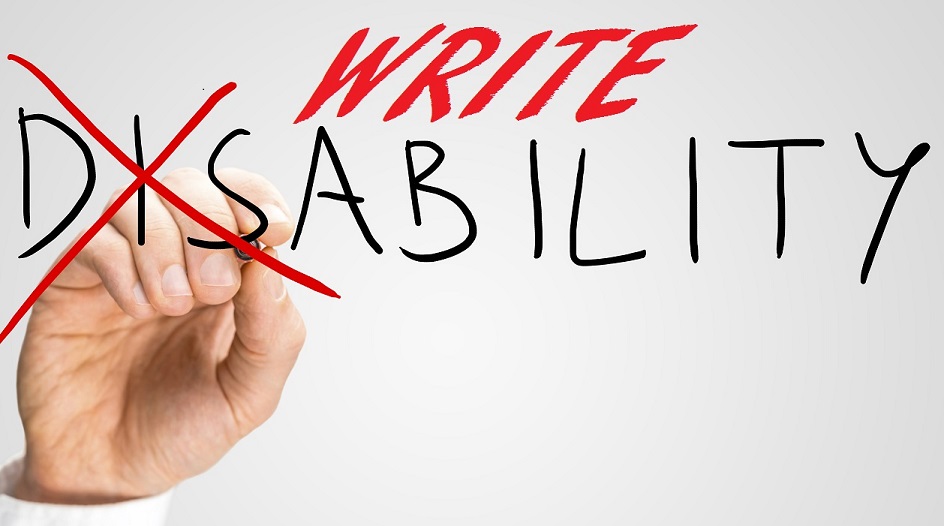
Writing with a Disability (Different Ability)
Understanding Disabilities-Statistics and Sources for Writers
Magazines, literary agents, and publishers continue to look for excellent writing in fiction and non-fiction genres which exemplify diversity.…
January 18, 2017


